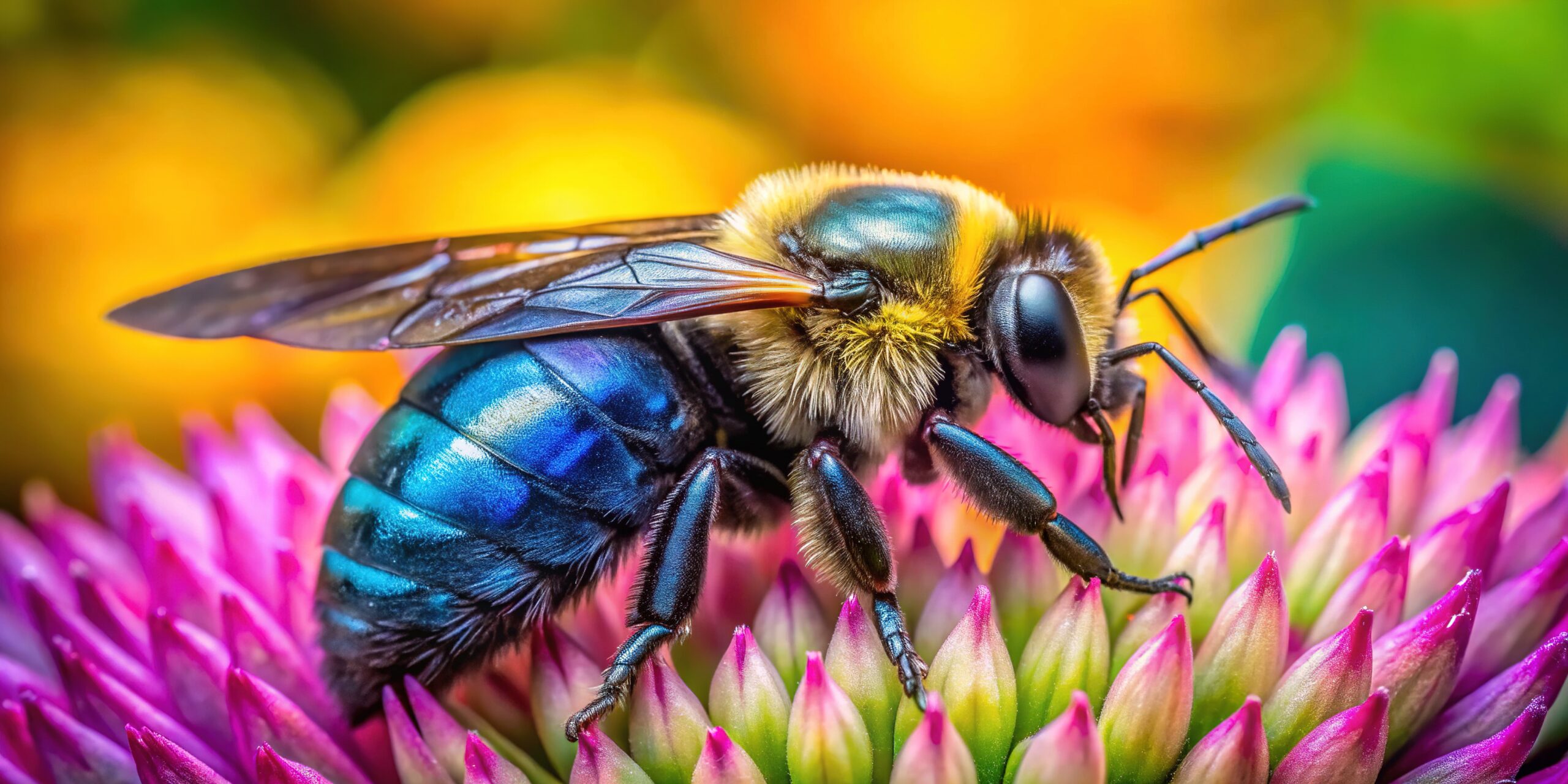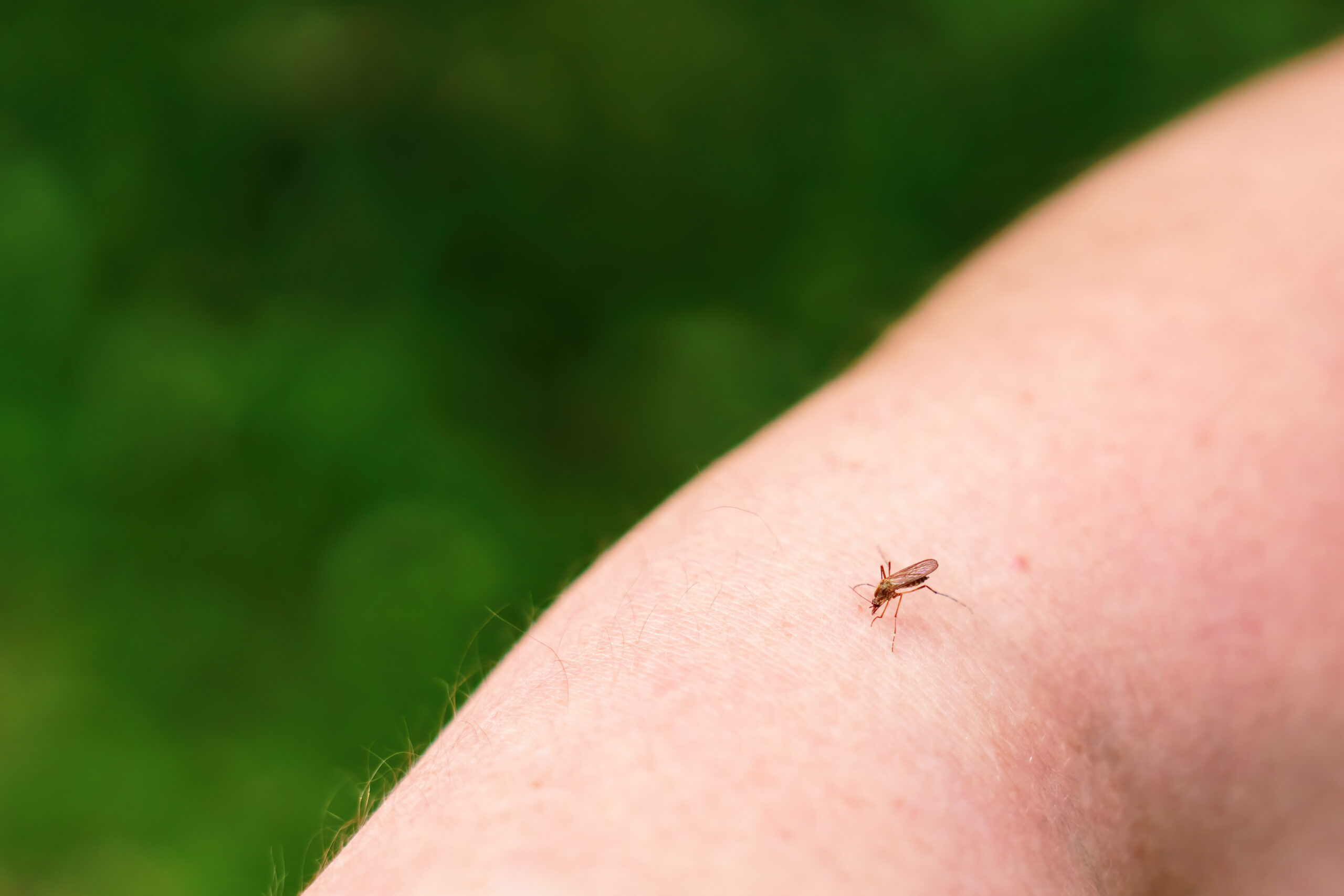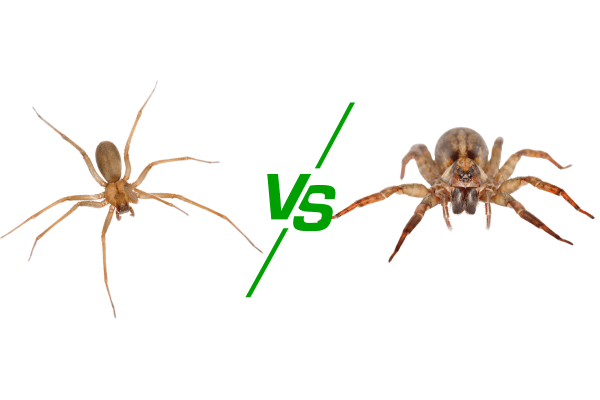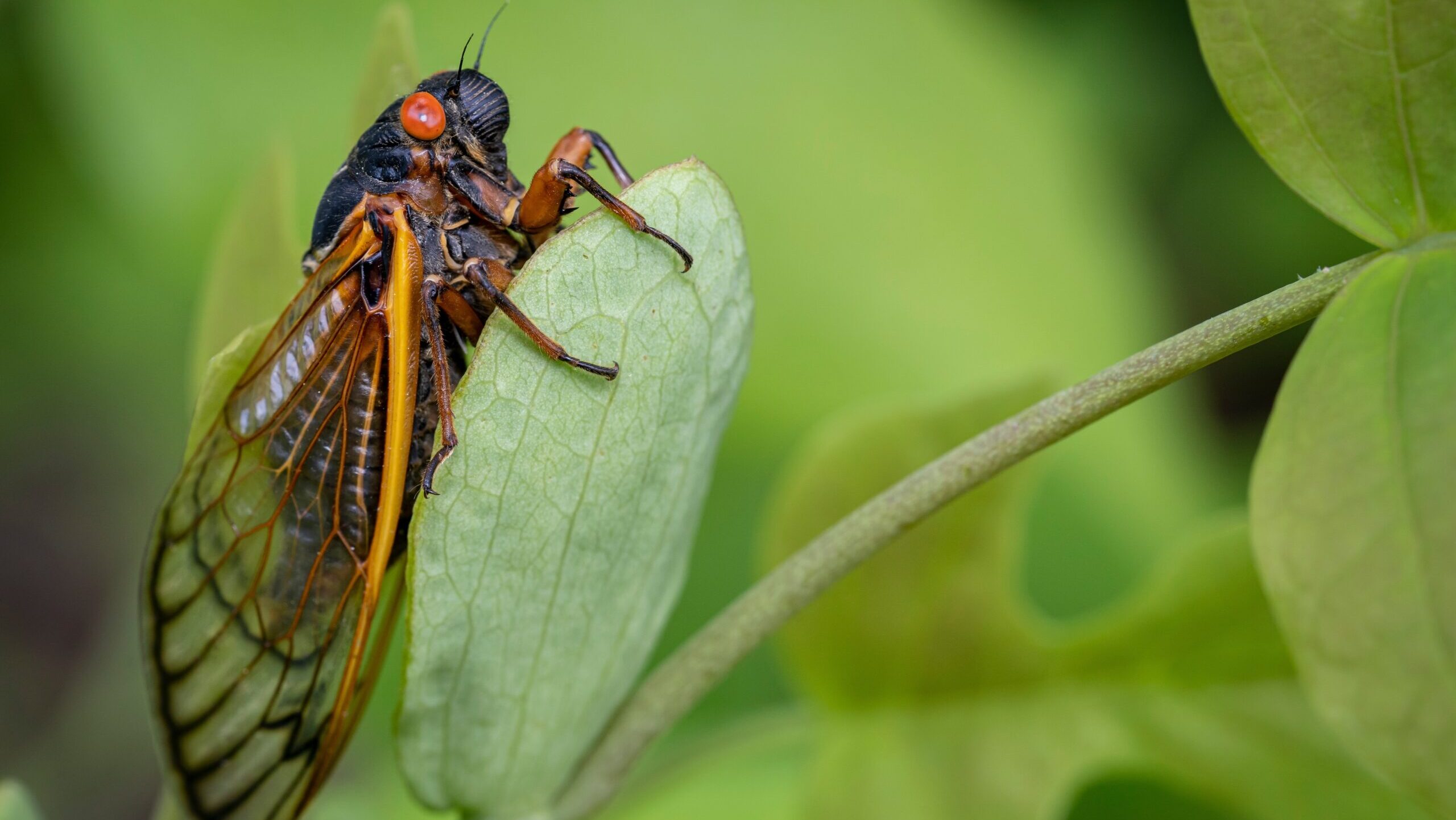Carpenter Bee Stings: What You Need to Know
Carpenter bees are large, solitary bees that play a vital role in pollination. While their presence is beneficial to the environment, their habit of burrowing into wood can cause property damage—and their potential to sting is a common concern. At Phoenix Pest, we aim to provide accurate and reliable information about these insects and how to manage them safely.
What Are Carpenter Bees?
Carpenter bees (Xylocopa spp.) are often mistaken for bumblebees due to their size and black-and-yellow appearance. However, unlike bumblebees, they do not live in colonies or produce honey. Instead, carpenter bees excavate tunnels in wood to create nesting sites. They prefer untreated or weathered wood, commonly found in eaves, decks, fences, and outdoor furniture.
According to the Arizona Department of Agriculture, carpenter bees are not inherently aggressive but can become a nuisance when they burrow into structures, potentially weakening wooden elements over time.
Do Carpenter Bees Sting?
Carpenter bees are generally not aggressive, but their sting potential depends on the bee’s gender:
- Females: Female carpenter bees possess a stinger and may sting if directly handled or threatened. However, they are typically docile and avoid confrontation.
- Males: Male carpenter bees, although stingless, can exhibit aggressive behavior when defending their nesting sites. Their territorial displays, which include flying close to perceived threats, are purely a bluff.
According to the University of California Agriculture and Natural Resources, carpenter bee stings are rare and usually occur only when the bee feels cornered or provoked.
What Happens If You’re Stung?
For most people, a carpenter bee sting results in mild symptoms, such as:
- Localized pain
- Redness
- Swelling
These effects typically subside within a few hours to a couple of days. However, individuals allergic to bee venom may experience more severe reactions, including swelling beyond the sting site, difficulty breathing, or hives. If you suspect an allergic reaction, seek medical attention immediately.
Related Article: Beeware of Bees!
Preventing Carpenter Bee Stings and Damage
To minimize the chances of carpenter bee stings and protect your property from structural damage, follow these steps:
- Seal and Treat Wooden Surfaces:
According to the Arizona Department of Agriculture, carpenter bees prefer untreated wood. Painting or sealing wood surfaces makes them less attractive to nesting. - Inspect for Activity:
Regularly check for perfectly round holes in wooden structures, which are indicative of carpenter bee nests. If you see sawdust near these holes, it’s a sign of active tunneling. - Reduce Attractants:
Limit the availability of outdoor floral attractants near wooden structures during peak carpenter bee activity in the spring. - Use Physical Barriers:
Cover exposed wooden areas with wire mesh or screens to prevent bees from accessing potential nesting sites.
When to Contact Phoenix Pest
If you’re noticing carpenter bees on your property or are concerned about potential stings or structural damage, it’s time to call the professionals at Phoenix Pest. We provide effective and reliable bee pest control solutions to protect your home and property.
Contact Us Today
Don’t let carpenter bees take over your outdoor spaces. Contact Phoenix Pest today to learn more about how we can help.
📞 Call us at 623-294-8916
💻 Visit phoenixpest.com




